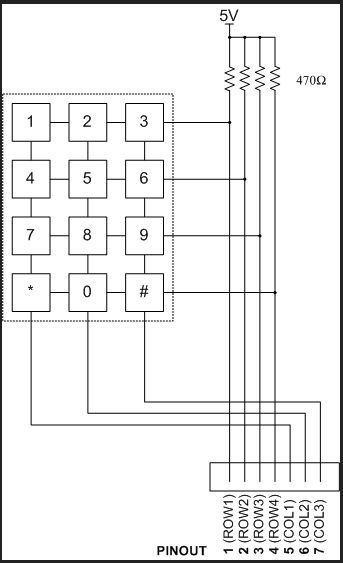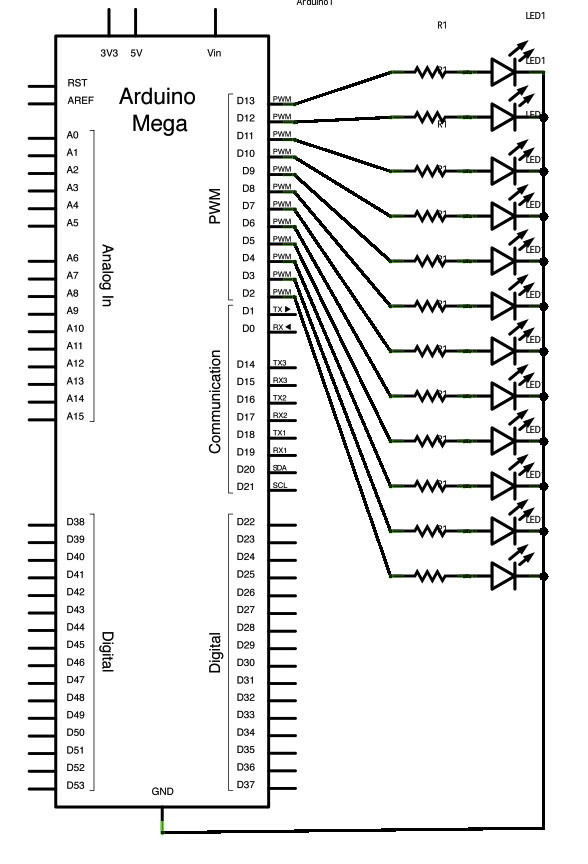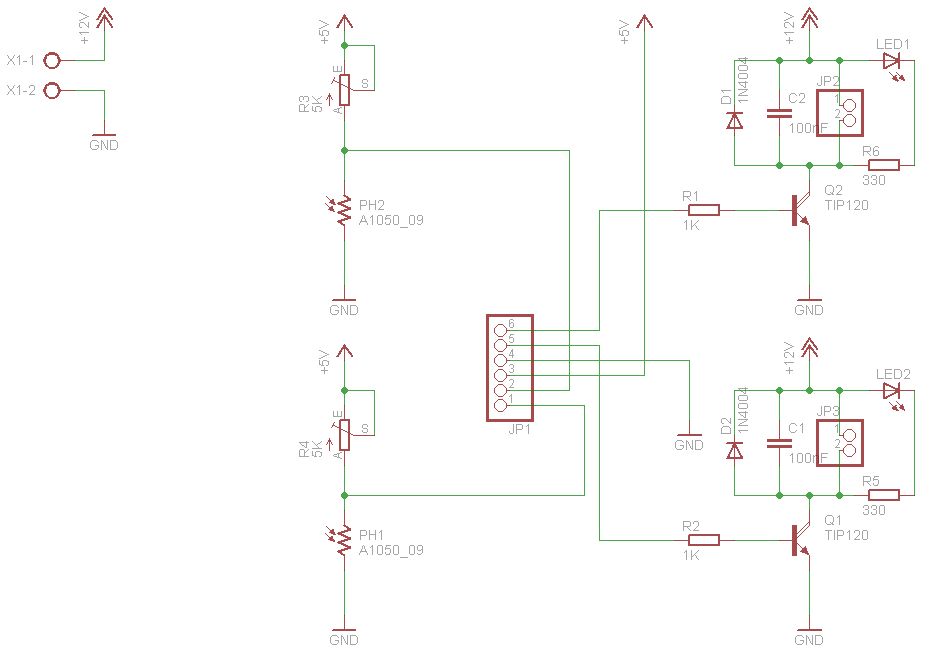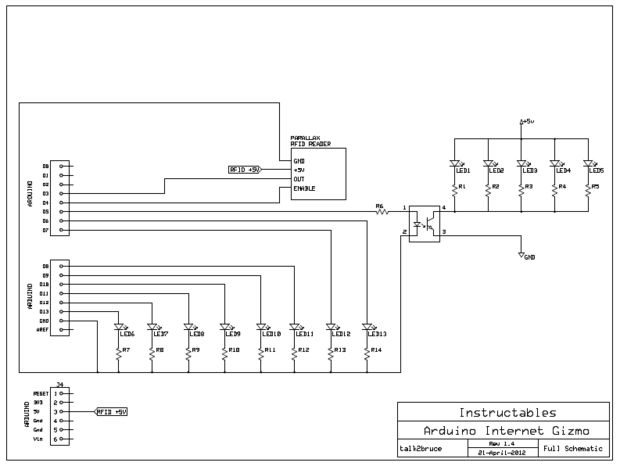
Keyless Entry Arduino

If the number 8 is pressed, it will affect the wire ROW3 and COL2. This allows the microcontroller to determine which key was pressed using only 7 wires from the keypad.
The described circuit involves a matrix keypad configuration, which is a common method for interfacing multiple keys with a limited number of input/output lines. In this case, the keypad utilizes a 3x4 matrix, consisting of 3 rows and 4 columns, enabling the detection of 12 keys using only 7 wires.
When a key is pressed, such as the number 8, it connects a specific row to a specific column. For example, pressing the number 8 connects ROW3 to COL2. The microcontroller continuously scans the rows and columns to identify which key is pressed by checking for a voltage change on the corresponding row and column lines.
To implement this, the microcontroller can be programmed to set each row to a low state sequentially while reading the column states. When the microcontroller sets ROW3 low, it will check COL2 for a low signal. If detected, it confirms that the key corresponding to that intersection (in this case, the number 8) has been pressed.
This efficient method reduces the number of required input lines, allowing for a compact design while still providing the functionality of a full keypad. The remaining wires are utilized for the other rows and columns, ensuring that the microcontroller can accurately detect all key presses within the matrix configuration.Example if you press number 8 it will effect the wire ROW3 and CLO2. By this the microcontrollercan determine what key was pressed with only 7 wires from the keypad. 🔗 External reference
The described circuit involves a matrix keypad configuration, which is a common method for interfacing multiple keys with a limited number of input/output lines. In this case, the keypad utilizes a 3x4 matrix, consisting of 3 rows and 4 columns, enabling the detection of 12 keys using only 7 wires.
When a key is pressed, such as the number 8, it connects a specific row to a specific column. For example, pressing the number 8 connects ROW3 to COL2. The microcontroller continuously scans the rows and columns to identify which key is pressed by checking for a voltage change on the corresponding row and column lines.
To implement this, the microcontroller can be programmed to set each row to a low state sequentially while reading the column states. When the microcontroller sets ROW3 low, it will check COL2 for a low signal. If detected, it confirms that the key corresponding to that intersection (in this case, the number 8) has been pressed.
This efficient method reduces the number of required input lines, allowing for a compact design while still providing the functionality of a full keypad. The remaining wires are utilized for the other rows and columns, ensuring that the microcontroller can accurately detect all key presses within the matrix configuration.Example if you press number 8 it will effect the wire ROW3 and CLO2. By this the microcontrollercan determine what key was pressed with only 7 wires from the keypad. 🔗 External reference





